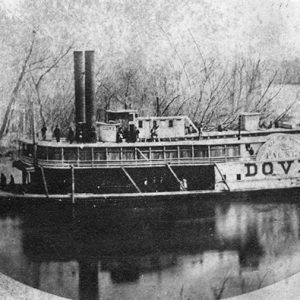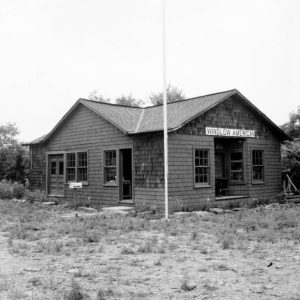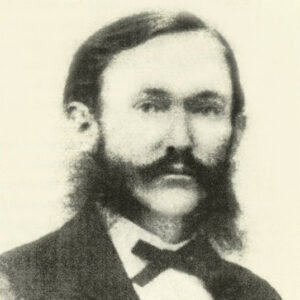 The Dove
The Dove
Time Period: Civil War through Reconstruction (1861 - 1874) - Starting with D
 The Dove
The Dove
Du Bocage
aka: Judge J. W. Bocage Home
Dudley Lake, Skirmish near
aka: Scout from Brownsville (December 15–18, 1864)
Dumas (Lynching of)
 Maud Duncan Museum
Maud Duncan Museum
Dunnington, John William
 John Dunnington
John Dunnington




